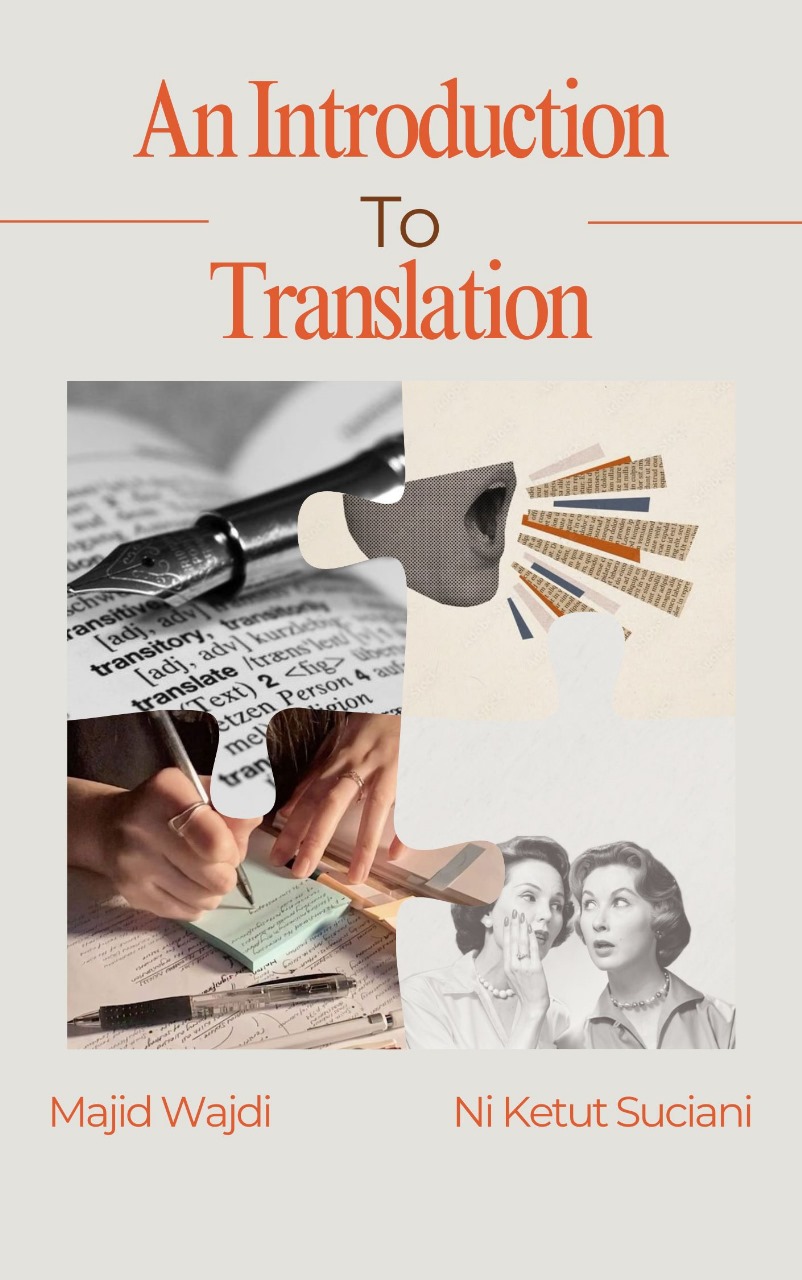Chapter 3 Equivalence at Word Level
Keywords:
Equivalence, Lexical Translation, Word-Level Meaning, Cross-Linguistic Differences, Translation StrategiesAbstract
This chapter examines the concept of equivalence at the word level, a fundamental aspect of translation studies. The objective of learning this topic is to understand how words in different languages correspond in meaning, form, and function, and to identify challenges in achieving precise translation. The method of learning includes theoretical exploration and practical exercises, where learners analyze lexical equivalence through examples and case studies. The analysis focuses on types of equivalence, such as absolute, partial, and zero equivalence, and explores strategies to address gaps in vocabulary and cultural differences. The discussion also highlights the impact of context on word choice. The conclusion emphasizes that achieving word-level equivalence requires linguistic sensitivity, cultural awareness, and strategic decision-making. Mastering this concept improves translation accuracy and effectiveness.
Downloads
References
Baker, M. (2018). In other words: A coursebook on translation (3rd ed.). Routledge.
Hatim, B., & Munday, J. (2019). Translation: An advanced resource book for students (2nd ed.). Routledge.
Sinner, C., Paasch-Kaiser, C., & Härtel, J. (Eds.). (2020). Translation in the digital age: Translation 4.0. Cambridge Scholars Publishing.
Winters, M., Deane-Cox, S., & Böser, U. (Eds.). (2024). Translation, interpreting and technological change: Innovations in research, practice and training. Bloomsbury Academic.
Downloads
Published
Issue
Section
License
Copyright (c) 2025 Majid Wajdi (Author)

This work is licensed under a Creative Commons Attribution-NonCommercial-ShareAlike 4.0 International License.
License Terms
1. Open Access Policy
This journal provides immediate open access to its content, supporting the principle that making research freely available to the public fosters greater global knowledge exchange.
2. License Type
All articles published in this journal are distributed under the Creative Commons Attribution License (CC BY 4.0). This license allows others to:
- Share: Copy and redistribute the material in any medium or format.
- Adapt: Remix, transform, and build upon the material for any purpose, even commercially.
Under the following terms:
- Attribution: You must give appropriate credit, provide a link to the license, and indicate if changes were made. You may do so in any reasonable manner, but not in any way that suggests the licensor endorses you or your use.
3. Author Rights
Authors retain the following rights:
- The right to use the substance of the article in future publications of their own, provided that proper acknowledgment is given to the original publication in this journal.
- The right to reproduce the article for their own purposes, including for educational use.
4. Copyright
Authors who publish in this journal agree to the following terms:
- The copyright for articles remains with the authors.
- Authors grant the journal a non-exclusive license to distribute their work and ensure its indexing and visibility through various repositories.
5. Responsibility
The journal holds no responsibility for content accuracy, completeness, or reliability. Responsibility lies solely with the authors of the published work.
6. Revisions and Updates
These license terms may be revised or updated. Any changes will apply to future articles submitted after the date of the update.



